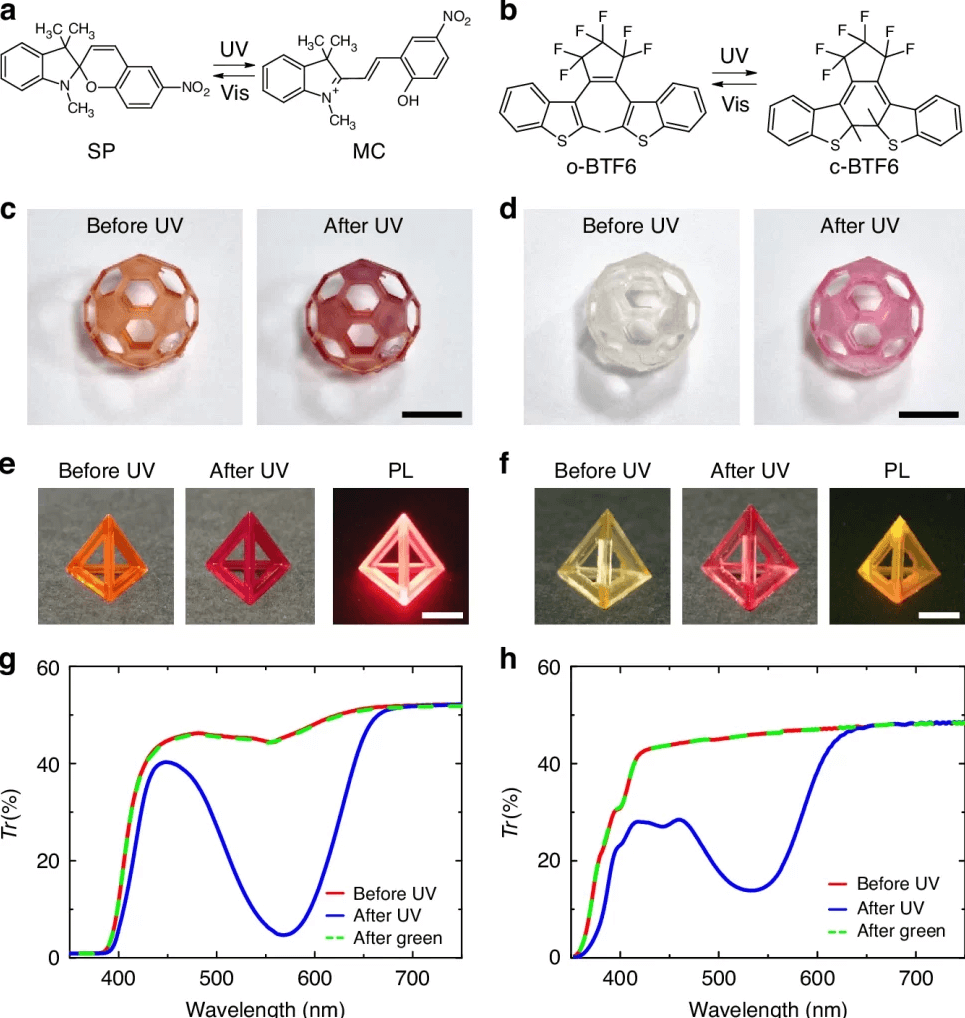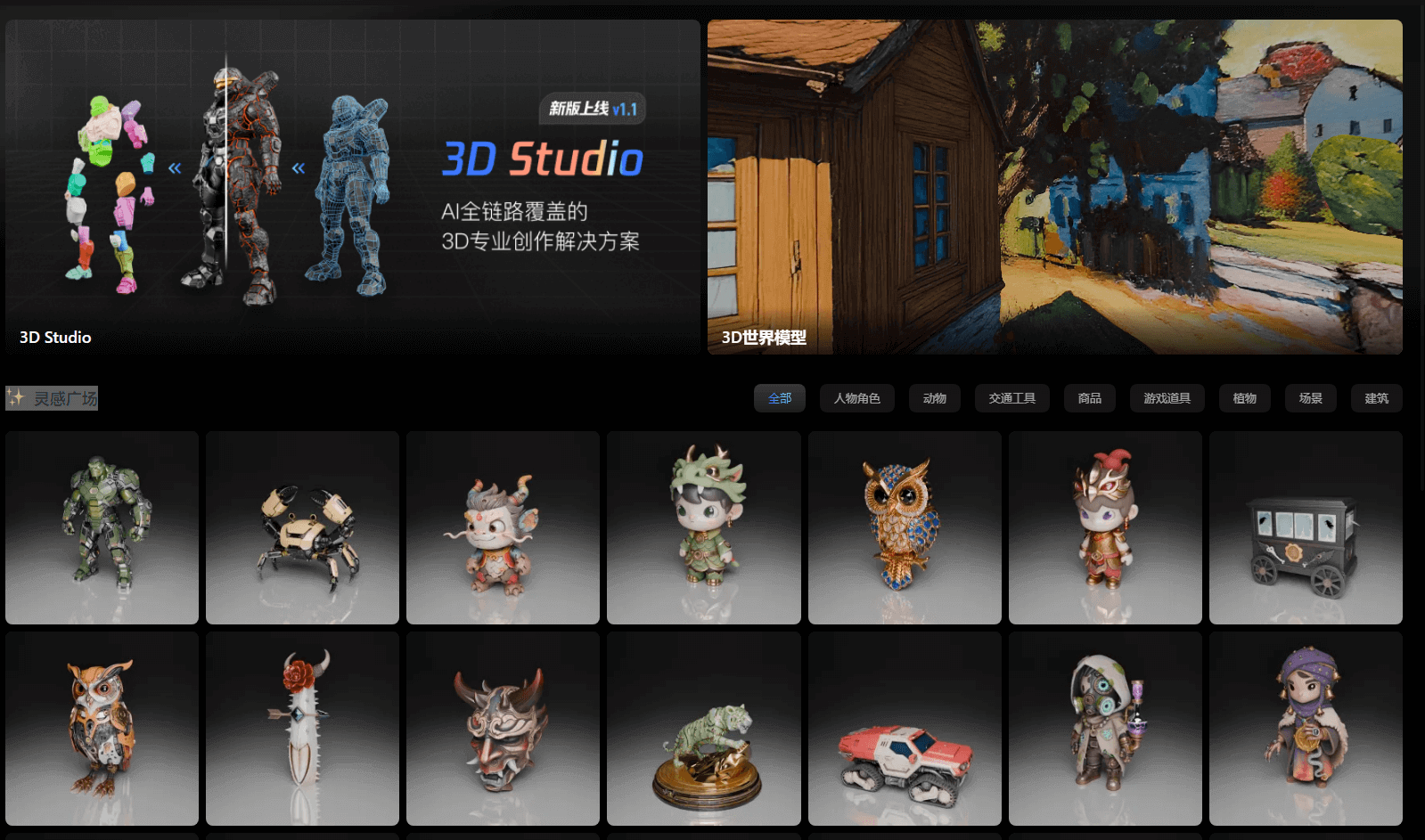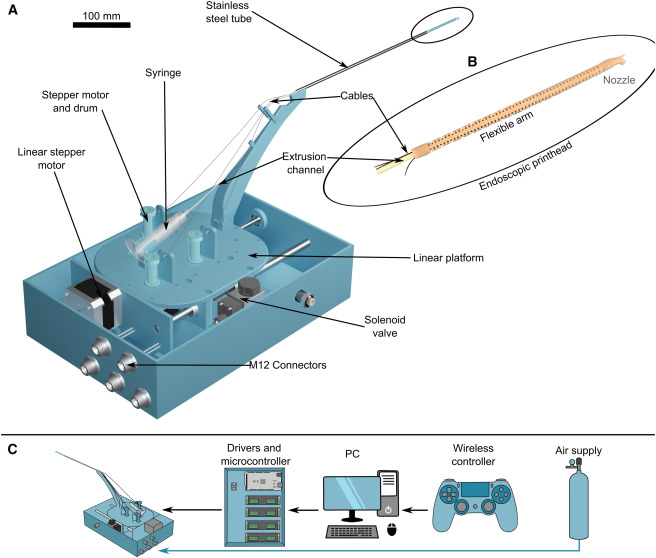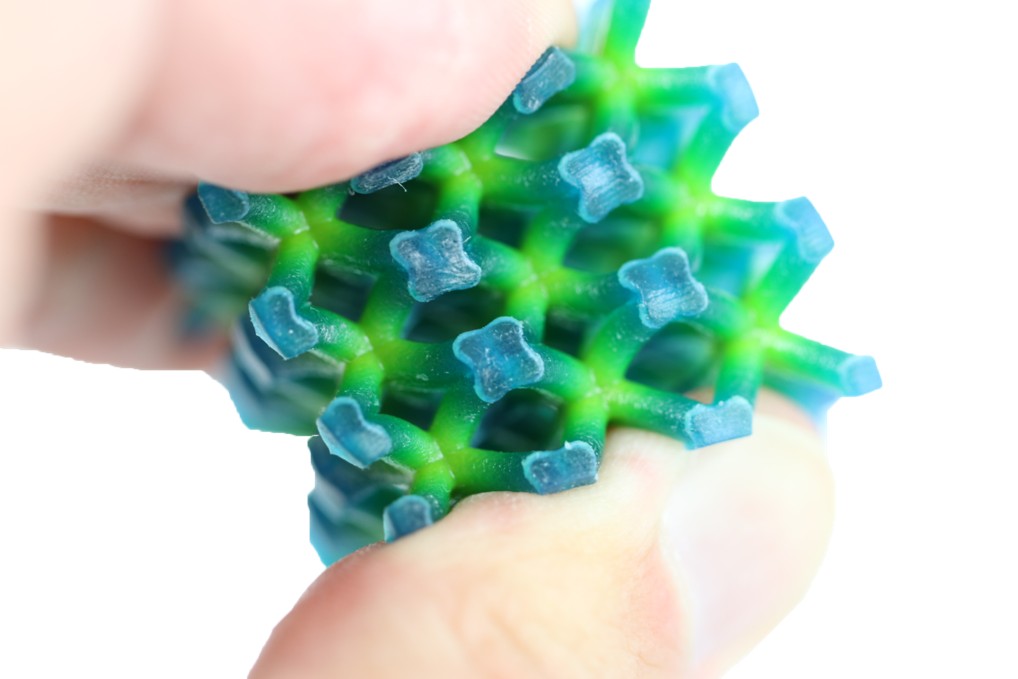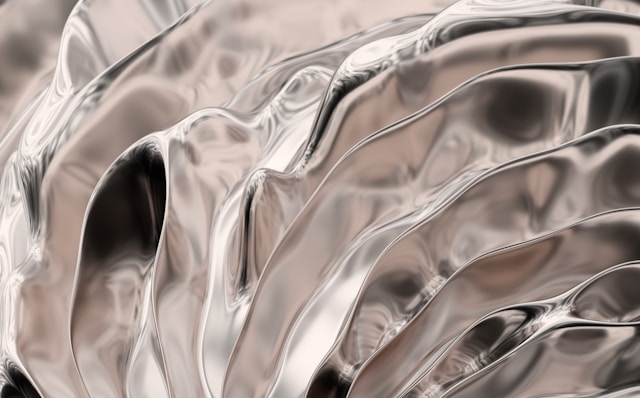
Date:2025-04-22 16:25:36
A cross-disciplinary team led by Vilnius University (VU) has published the first comprehensive guide to multiphoton 3D lithography (MP3DL) in Nature Reviews. The effort was coordinated by VU’s Laser Research Center (LRC), part of its Faculty of Physics, and included contributors from Japan, Germany, and the United States. The document outlines key technical principles and experimental setups while addressing longstanding reproducibility issues across the field.
Vilnius University, a leading hub for photonics and laser research in the Baltic region, organized the project under the supervision of Professor Mangirdas Malinauskas. Co-authors include Shoji Maruo of Yokohama National University, Georg von Freymann of Rheinland-Pfälzische Technische Universität Kaiserslautern-Landau, and Julia Greer of the California Institute of Technology. The Lithuanian contingent also featured Dr. Edvinas Skliutas and Dr. Greta Merkininkaitė, researchers affiliated with VU’s Faculty of Chemistry and Geosciences.
MP3DL operates by inducing localized photochemical reactions via multiphoton absorption, typically using ultrafast laser pulses. The result is a highly confined energy deposition that allows material cross-linking with nanometric precision. According to the authors, this technique supports the fabrication of complex, three-dimensional freeform geometries with sub-100 nm feature sizes—enabling applications in nanophotonics, biomedical scaffolds, and optical components.
The guide describes experimental implementations involving galvanometric beam scanning, piezoelectric stages, and high numerical aperture lenses. Focus is placed on voxel control, threshold behaviors in negative-tone photoresists, and the nonlinear response of materials exposed to high-intensity femtosecond laser beams. Such control allows researchers to produce precise microstructures without thermal damage to surrounding volumes.
Professor Malinauskas noted the distinct early contributions of his group: “We were original from the very beginning because we used Lithuanian lasers emitting green light, whereas most other researchers worked with infrared lasers.” The team’s choice of wavelength required different process parameters and helped establish alternative fabrication regimes now documented in the primer.
Addressing reproducibility and methodological fragmentation
Prior to this publication, MP3DL research was often siloed, with each lab or vendor operating under different assumptions, calibration methods, and terminology. The primer brings coherence to the field by explaining critical parameters, outlining reproducibility benchmarks, and presenting consistent terminology.
“Our primer is the first of its kind in the field of multiphoton 3D lithography,” said Malinauskas. “It systematically explains all the principles behind this technology and also reveals crucial details often overlooked in original research articles.”
Distinctions are made between reproducibility within the same setup and between different instruments. The publication provides guidance on controlling ambient temperature and humidity, characterizing laser output stability, and preparing samples to avoid capillary stress during development. Use of critical point drying and low-surface-tension solvents is also documented, addressing failure modes that often affect high-aspect-ratio nanostructures.
Intensity spatial distribution and thresholds. Image via Nature Reviews.
Ongoing research at VU includes the design of novel photoresist materials for inorganic 3D printing, in collaboration with the university’s chemistry and geoscience departments. These materials are intended to remain stable during post-processing methods such as pyrolysis and calcination, enabling the production of ceramics and hybrid composites with precise internal architectures.
Lithuania’s broader photonics ecosystem contributes through industrial support for equipment and software development. As stated in the primer, “the advancement of this technology at both the equipment and software levels has been successfully taken over by Lithuanian high-tech companies, while scientists have become users of these solutions.”
In addition to local research activity, international interest is growing. Two new postdoctoral researchers—Dr. Gordon Zyla from Germany and Dr. Dimitra Ladika from Greece—have joined the team in Vilnius. Professor Arturo Susarrey-Arce from the University of Twente is expected to visit for scientific exchange, a visit prompted in part by the global visibility of the primer.
Documented applications in optics, microfluidics, and robotics
Fabrication performance described in the guide includes structures with linewidths down to 22 nm and throughput of up to 1.48 × 10⁸ voxels per second using advanced scanning configurations. Reported applications include photonic crystals, optical metamaterials, refractive and diffractive micro-optics, microrobots for biomedical delivery, and functionalized microfluidic systems.
Current achievements of MP3DL. Image via Nature Reviews.
Post-processing methods outlined in the paper include atomic layer deposition for anti-reflective coatings, chemical infiltration with metals or ceramics, and thermal treatments for densification. Integrated microfluidic setups are described as a solution for seamless multi-material switching during printing, removing the need for manual alignment and enabling spatially varied properties in a single object.
The document also addresses material compatibility with programmable stiffness, low autofluorescence, and bioactive surface chemistries—key for developing optical sensors and cell-interactive substrates.
Multiphoton 3D lithography is now part of the curriculum across all degree cycles at VU. Students have access to lab-based coursework in fabrication and characterization, reinforcing Lithuania’s role in cultivating regional expertise in photonics and additive manufacturing.
Current research projects focus on exposure protocol optimization, adaptive voxel tuning, and automated parameter selection. Prospective improvements include the application of machine learning for real-time adjustment of printing parameters, as well as expanded compatibility with emerging hybrid photoresists.
The primer concludes with an assessment of the technology’s current limitations, such as trade-offs between resolution and throughput, material-specific constraints, and stitching errors in large-scale fabrication.
